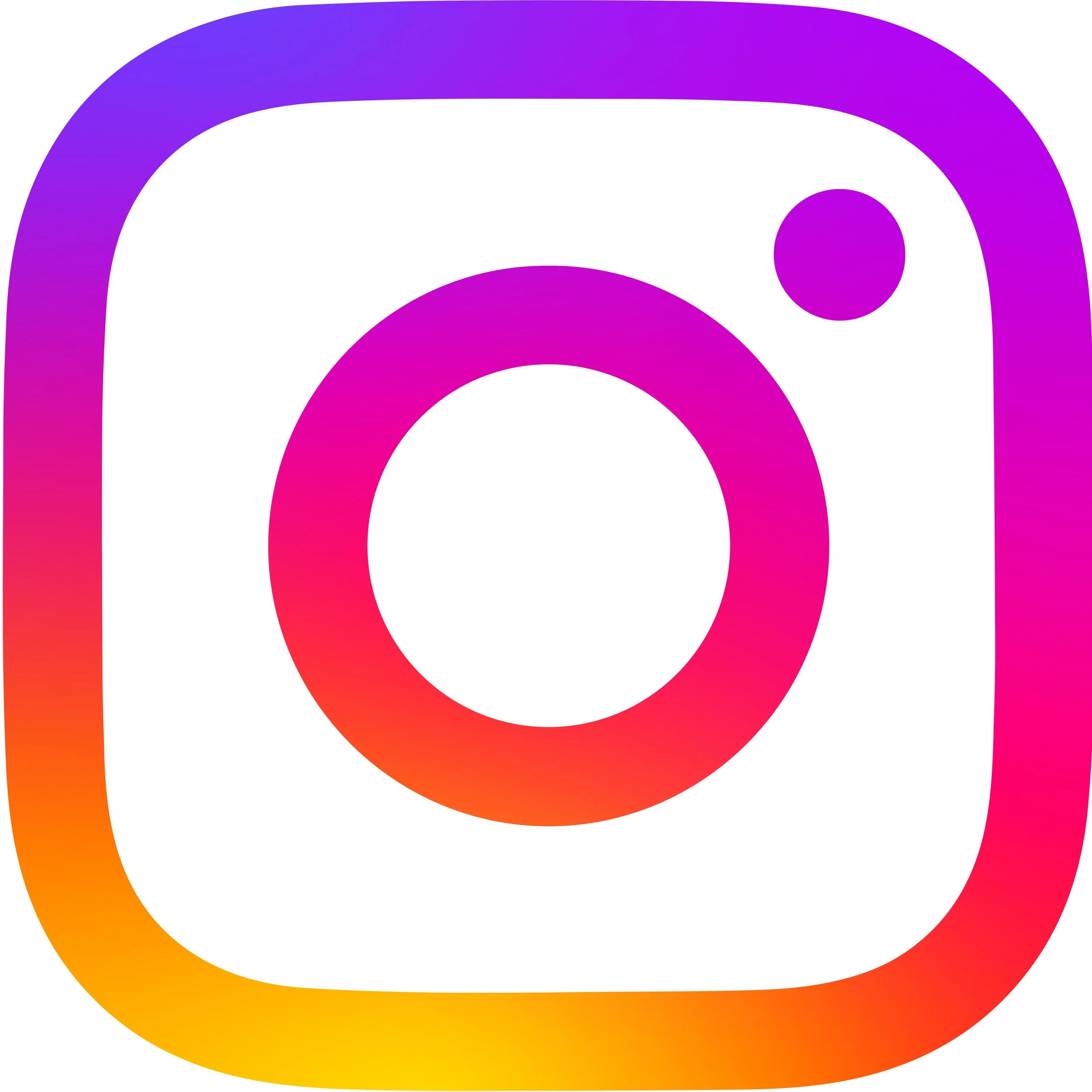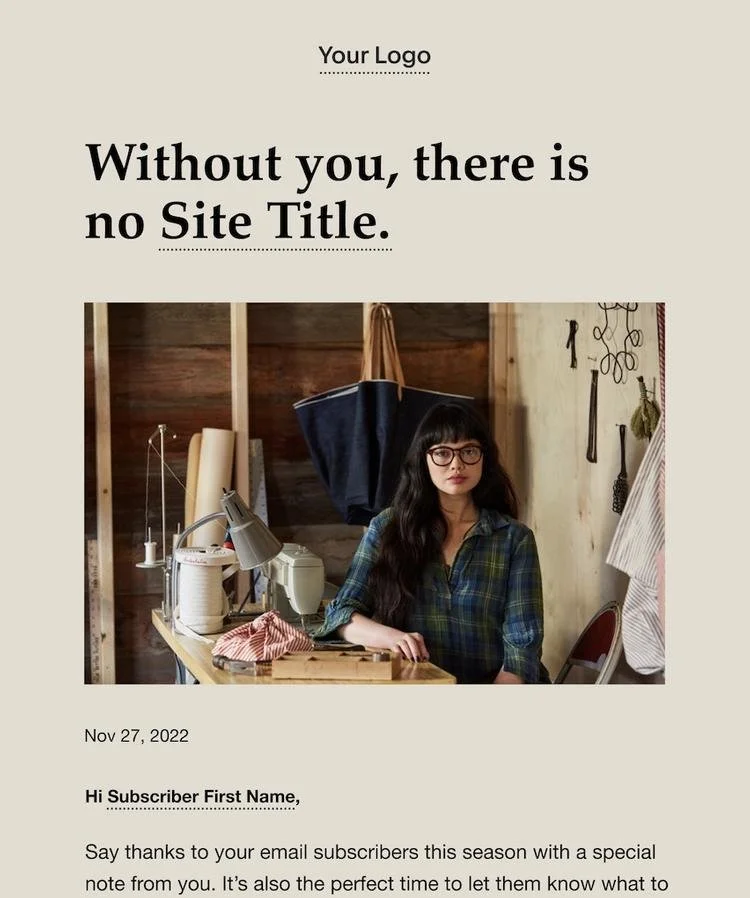Marketing Best Practices
Brand building and marketing can be overwhelming, especially when you are doing it all on your own. There are so many layers to it and it can be challenging to build a consistent brand and execute it well. I can help you navigate your way through it all through Coaching Sessions, the free best practices, and the resources below!
Marketing Strategy
Steps to Success
Step One:
Review
Time Spent: How much time did you spend on Marketing the previous year?
Sales + Net Profits: Get a clear picture of where you at and where you want to go.
Step Two:
Plan
Set Goals + budget so you are clear on what you are trying to achieve.
Decide on the area of focus, messages, and Target Audience.
Select Marketing Methods and timing.
Assign Team Responsibilities.
Step Three:
Prepare
Make sure you are ready to launch your strategy.
Website and Social audits
Inventory up to date
Decide on copy and Keywords
Design Marketing Materials specific to plan
Other deliverables
Step Four:
Execute
Execute the plan and recap once it’s complete.
Check in and make adjustments as needed.
I recommend you do a quarterly tracking of sales, spending, traffic, engagement, etc.
Determine your Return on Investment/Involvement.
Keep a record of the plan and tracking so you can review it in the future.
Marketing Methods
The following are marketing methods that can be included in an integrated annual marketing plan. Using targeted mediums can help make sure your focus messages are consistently shared with your target audience. Your final marketing plan should have the right mix of communication strategies, messages, and promotional elements throughout the year.
-
Typically Paid but can include trade or added value.
+Radio (AM/FM, Streaming, etc.)
Endorsements, Spots, Sponsorships, Mentions
+TV
+Direct Mail
+Print (Traffic Driving or Brand Awareness)
+Out of Home (OOH)
Large Format (ex: billboard, urban panels, bus shelters, sidewalk displays)
Place-Based (gym, college, offices, gas stations, etc.)
Point of Purchase (in retailers)
-
Paid and free options
+Google My Business
+Google Advertising
+Social Media Advertising
+SEO Strategy
+etc.
-
Free to have a business account.
+Instagram
+LinkedIn
+Pinterest
+YouTube
+Facebook
+TikTok
-
+Business Cards
+Brochures
+Rack Cards
+Flyers
+Banners
+Table Tents
+Coupons
+Gift Cards
+Etc.
-
Free or paid subscription depending on the provider. Free engagement with subscribers.
+Nurture current subscribers and affiliates
+New member automation
+Sales funnels for products, services, courses, etc.
+Lead magnet
-
Can be free, paid, or income.
+Press releases
+Media kit
+Podcast, radio show, TV (host, interview)
+Guest blog
+New directories
-
+Schools
+Sponsorships
+Cross-Promote
+Networking
+Philanthropy
+Events
+Partnerships
+Chambers
+Etc.
-
Blogging not only boosts SEO, but also showcases expertise and answers viewer's questions.
Marketing Messages
A marketing message is a communication that a business uses to promote its products or services to its target audience. It is designed to convey a specific value proposition and encourage potential customers to take action. Check out the following examples of marketing message types:
-
A narrative that describes the history, values, and mission of a brand. It is a way to connect with customers on an emotional level and differentiate the brand from competitors. A strong brand story can inspire loyalty and trust.
-
A message that promotes a product or service with the intention of driving sales.
-
A powerful way to showcase your product or service is through the positive experiences of your satisfied customers. By sharing their stories, you can build trust and credibility with potential customers, and increase the likelihood of them choosing your brand.
-
A message that educates the audience about a particular product, service, or industry.
-
A message that announces a new product, service, or feature.
-
A message that expresses gratitude to the audience for their support or patronage.
Social Media
Connect and Engage
Your online presence should clearly & consistently tell your brand story, help you engage with clients/potential clients, and easily direct people to purchase your products or services. Your social media sites should ignite their curiosities and should send messages that help followers realize that they need you! I like to repurpose my website content (videos, blogs, product descriptions, sales pages, etc.) for my social channels.
Instagram is my favorite of all the social media options. Instagram audiences are highly engaged and loyal. Instagram users tend to use relevant hashtags to help brands gain exposure. Instagram stories with archives and IGTV are highly engaging as well. You must be active on Instagram or you will lose engagement. There are some nice analytics and shop abilities on IG too if you qualify. Make sure you are signed up for an IG Business account and aren’t using your one.
Pinterest has been my go-to for just about everything for years now! It’s my favorite search engine and I love how I can organize everything from marketing tools to travel ideas and more. Pinterest has quickly become a great business tool as well and has helped me increase my blog/site traffic substantially. Creating pins is fun and easy and you can post other people’s relevant pins too.
LinkedIn is nice for making business connections and finding new opportunities or new clients. There are groups and hashtags you can follow or include in your engagement as well. If you are needing to hire or get feedback, LinkedIn is a great resource as well. They do have some new cool tools to support small businesses at linkedin.com/profinder as well as advertising, so that is helpful.
Facebook is a popular social media platform that is effective for hospitality and tourism businesses, but it can also work for other types of businesses. Many people on Facebook use it to find local businesses or connect with their community. Complete your FB business page so visitors can see who you are and what you offer. Join groups where your potential customers are, like your local community group.
Featured Marketing Blog Post
Featured Marketing Blog Post
Instagram is a wonderful digital marketing tool for those small businesses who want to build community, engage online, and drive traffic to their website. Learn how Instagram can help you build relationships with your followers-providing insight, education, resources, and stories.
Email Marketing
One of the best ways to build a relationship & increase sales is through a strong email strategy. Email programs allow you to educate, showcase your skillset, highlight services & products, promote special offers, and launch events or special features of your business. You own your email list, no matter what 3rd party email program you use, and that right there is hugely beneficial. While social media is also beneficial, it is constantly changing and it's getting harder for your messages to get out to the masses. We don't own our followers or page likes, so it becomes really hard to nurture them, but we can nurture the heck out of them via email!
Why I love Squarespace Campaigns
-
It’s easy to set up and send welcome emails and other automation emails based on a trigger (purchase, subscribe).
-
The analytics are clear and easy to understand.
-
Squarespace Campaigns keeps getting better, for example, you can now send and manage emails from their Squarespace app on the go
-
It simplifies your life by having everything all in one.
-
The email newsletters look great with 30 pre-made templates to customize and design that matches your website.
-
You can easily add Blog Posts, Discounts, or Products to newsletters.
Sign up for my newsletter and gain free access to:
The Pack-a list of helpful resources for small businesses.
What you can expect from me with these newsletters:
1-2 emails per month
Business updates and sharing what I’ve been up to
Helpful Squarespace and general website updates
Marketing tips, tools, and resources
Business blog posts
Occasional special announcements for new products, partner offers, discounts, and events that might be helpful
SEO Tips and Best Pratices
Overview
Search Engine Optimization (SEO) is how to rank on Google and other search engines to improve your position on search result pages. Focusing on SEO as a strategy helps drive more traffic to your website, and helps you create content that is relevant to your target audience so you can convert visitors to customers.
SEO can feel overwhelming! Google alone has over 200 ranking factors with the goal of serving the most relevant results to the user. The best results come from focusing on a handful of highly effective strategies vs. trying to do it all! Keep in mind that this is a long-term strategy, not a quick fix. It will take 6-12 months to see the full effort of an SEO strategy.
Squarespace has some great built-in SEO tools included in their websites. They also have a helpful SEO checklist and training guide that I will include at the end for you.
Here are some highlight strategies that I use for SEO for my business and when working with clients.
Keyword Research and Use
Keywords (and phrases) tell search engines what your content is they know if you are a business to recommend to the searcher. Starting with keyword research and strategically placing the keywords you find throughout your website and marketing content helps search engines find and share your content.
So how do you do the research?
Put yourself in the shoes of your potential client. What would they be searching for to find you? Create a list of top-of-mind keywords you think they would use and also go to Google to try different search options. I also recommend using helpful tools like Ubersuggest for further research and suggestions. On research sites like that you will want to look at search volume and SEO difficulties. If the results have huge volumes or higher SEO difficulties, you will be lost in the big sea of options. Keyword ideas give you options that will help you stand out.
Once your list is done, pick a different focus keyword for each page, then use it thoughtfully on the page, in the page settings, and in the relevant content (blogs, videos, etc.). It's a good idea to keep track of which focus keywords you are using where and when. Then, track the keywords on your site to see what is driving the most traffic and update or swap out as needed.
Optimizing Your Website
Here is a list of areas throughout your website to optimize as part of your SEO strategy.
Pages and Content
Turn on AMP for blog posts
Optimize your title tags
Optimize your index pages
Disable tag and category page indexing
Use one H1 font on every page
Add unique meta descriptions
Add unique SEO page titles
Images and Videos
Resize images
Compress images
Rename (dashes to separate)
Add a keyword to the image file name
Add a keyword to the image caption
Add thumbnail images to videos
Links and Other
Enable HTTPS and HSTS
Clean up your page URLs
Check for broken links
Connect Google Search Console
Remove unnecessary code scripts
Content
You should aim to create quality content that includes your researched-focused keywords to use throughout your website. Try to be consistent with this and update throughout the year. Content could include blogs, videos, audio files, how-to guides, articles, surveys, portfolios, and product, and service descriptions. Your content should educate, entertain, or be a resource.
SEO Resources
Ubersuggest
https://neilpatel.com/ubersuggest/
Connect your site to Google Seach Console (Index your site) https://search.google.com/search-console/about
BingWebmaster Tools
https://www.bing.com/webmasters/about
Hubspot Keyword research blog
How to Do Keyword Research for SEO: A Beginner's Guide
Squarespace SEO Training
https://support.squarespace.com/hc/en-us/articles/360002090267-SEO-checklist






